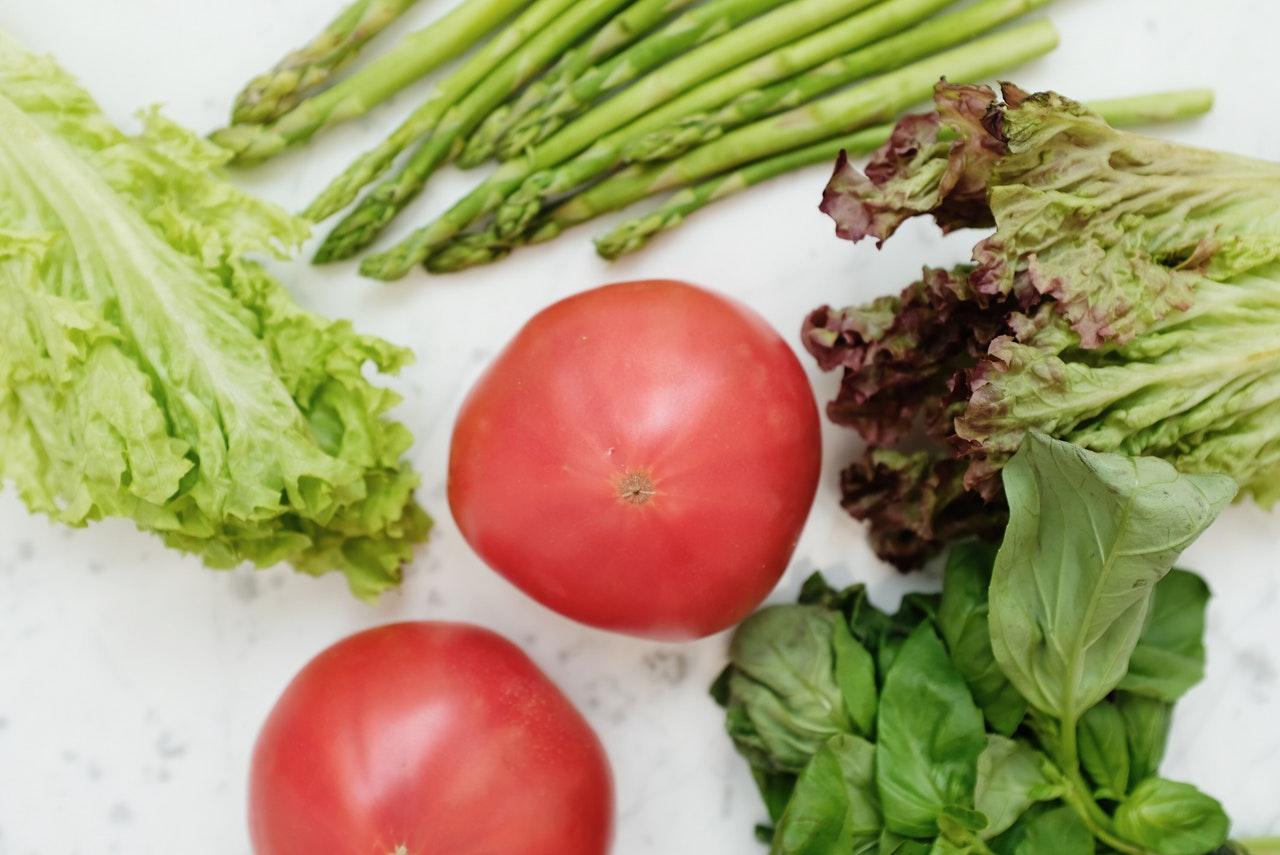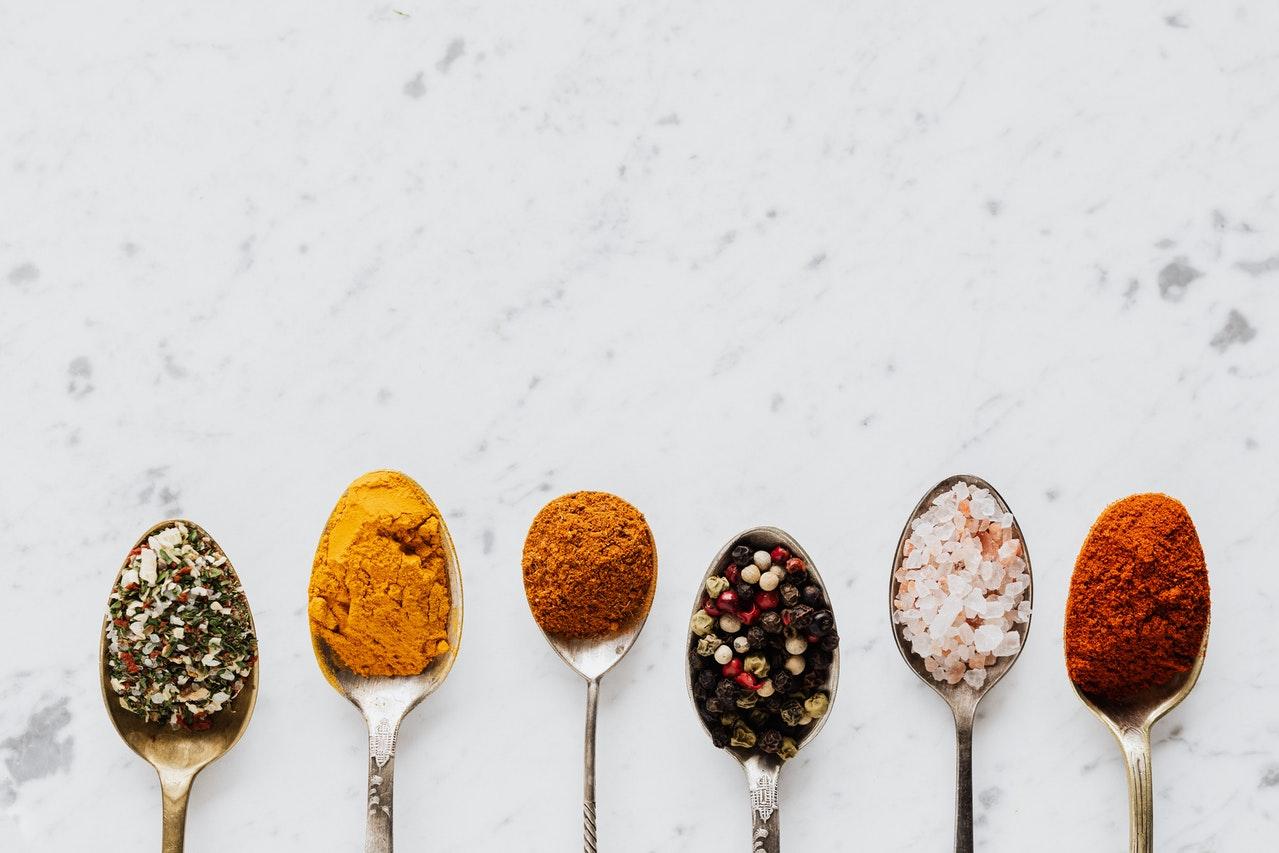How To Eat Healthy On A Budget

With the cost of living rising relentlessly, it’s harder than ever to eat well on a tight budget. There’s no quick fix for lack of money, but there are some ways to get a little more nutritional value for money. Vitaminology’s Nutritional Therapist Caroline Hind suggests five top tips to consider:
1. Protein: The Best Value Food
Protein-rich foods tend to be the most nutrient-rich foods we can buy. They are not the cheapest foods out there, but if we price up the nutrients they give us ounce for ounce, they are actually better value for money than less nutrient-rich foods. In addition, protein is filling and has beneficial effects on blood sugar levels, making meals more satisfying and reducing cravings for snacks.
Healthy options to consider include:
Eggs are a nutritious way to ensure you are eating some protein and healthy fat and have the added benefit that they don’t go off.
Tinned fish: Mackerel and sardines are the winners here. These are rich in Omega-3 fats that are essential for the brain and nervous system and appear to have an anti-inflammatory effect in the body, including on the cardiovascular system.
Meat for stewing – Cheaper cuts of meat do not lend themselves to fast cooking such as stir-frying – instead, cook them slowly in liquid. A slow cooker is perfect for this.
Turkey – Turkey is usually a cheaper option than chicken as a source of protein. Minced turkey has a very mild flavour but can be mixed with flavourings such as soy sauce and onion to make burgers or meatballs.
Beans, lentils and peas – With a wealth of different varieties to choose from, beans lentils and peas are a filling and nutritious way to make low-cost vegetarian meals.
2. Vegetables: Finding The Value

Frozen vegetables are nutritious and convenient, with less wastage than fresh.
Garlic and onions are useful staples to include in a weekly shop as they make a good base for stir-fries, soups and stews. Garlic and onions are a good source of fibre and additionally contain flavonoids (plant compounds) with healthy properties such as antibiotic effects.
Potatoes contain more vitamins and minerals than pasta and can be used to thicken a vegetable soup or be the main attraction of a meal.
Choose seasonal and local vegetables if available for example, ‘spring greens’ usually cost less than a dollar for a pack and have a sweeter flavor than kale and spinach.
Consider growing a pot or two of herbs such as basil or parsley on your window ledge to pep up plain iceberg lettuce, a cheaper option compared with buying bags of mixed salad.
3. Fruit: Frozen Or Seasonal
Frozen berries are cheaper than fresh and still contain antioxidants that have anti-inflammatory and anti-infection effects in the body.
Buy apples when they are in season because not only will they be cheaper but they are richer in vitamins, having spent less time from tree to table.
4. Season Your Food

Herbs: Fresh herbs are great if you can grow them, providing flavor and beneficial plant compounds, but dried herbs are also valuable from a nutritional point of view as they contain concentrated nutrients.
Salt & pepper: Processed foods contain a lot of salt, so if you are making your own food instead, a little salt to taste is likely to bring you less sodium and make your meal more satisfying.
Spices: Just like herbs, spices contain plant compounds that have been sought after over the centuries for their health-giving properties.
Soy sauce: A dash of soy sauce, or a dash of fish sauce, can bring out the flavors in a range of foods, from stir-fries to gravies.
5. Plan, Plan, Plan
Buying only as much fresh food as you are going to eat can be a challenge without a clear plan of how you are going to use what you buy. So, before you start your shopping list, draw up a rough plan of your week’s eating. When times are hard, it can be difficult to find the energy and motivation to plan ahead, so ask someone to help you.
This article was written by Anabel Cooper and originally published on Your Coffee Break.





